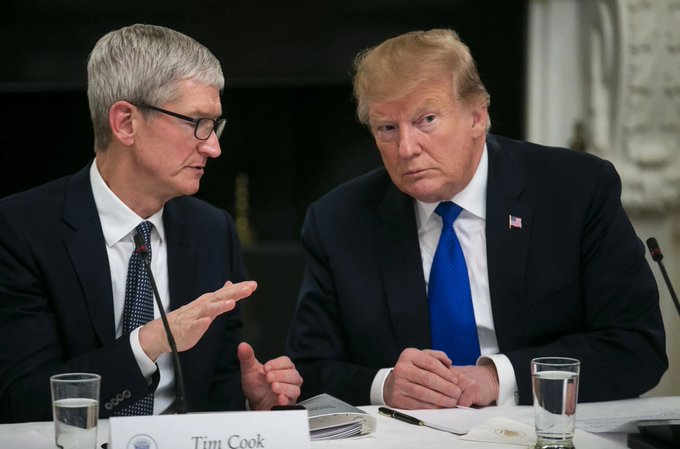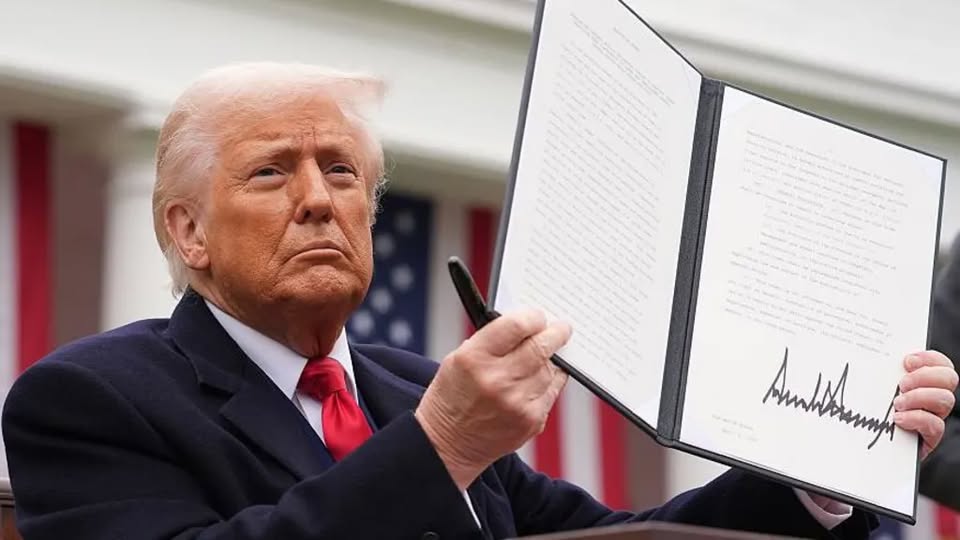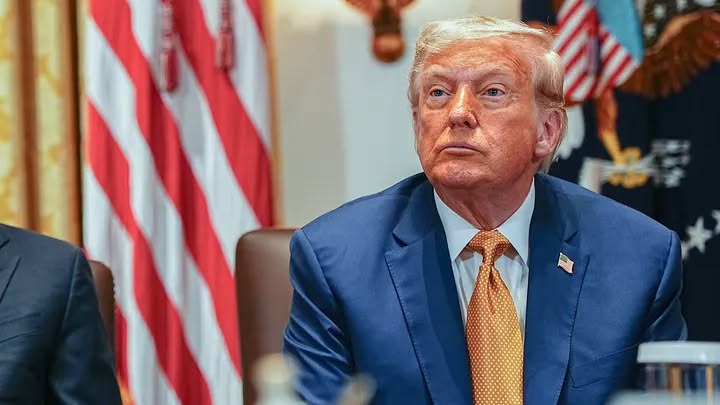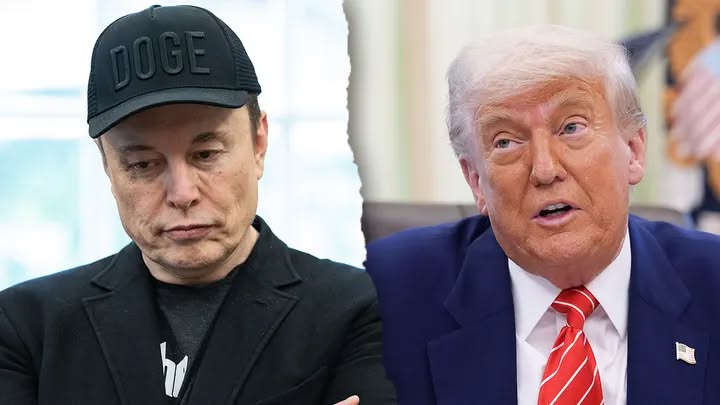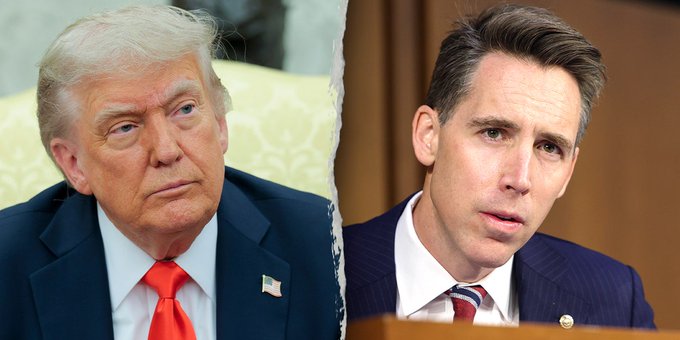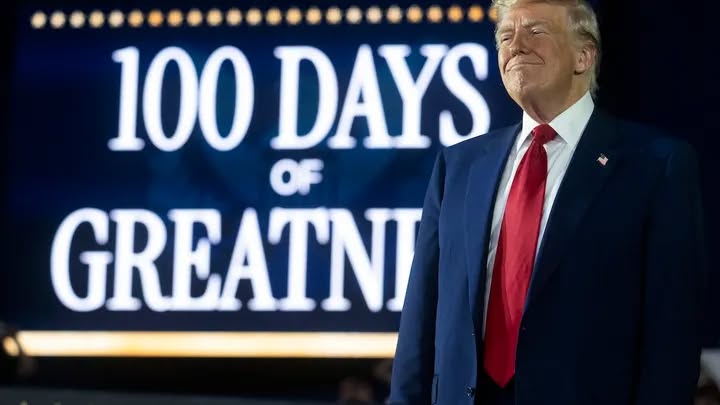Donald Trump issued a bold $22 billion ultimatum to Apple, demanding it relocate production to America. This resulted in significant stock market shifts and raised questions about the economy and public response.
This article explores how President Trump's tariffs are reshaping trade dynamics, particularly focusing on the new trade deal with Japan. It highlights the significance of this agreement for both the U.S. economy and international relations, while also examining the potential impact on American consumers amidst rising prices and a weakening dollar.
The article delves into President Trump's 'Big Beautiful Bill', exploring its potential impacts on the American economy, taxes, healthcare, and the everyday lives of citizens. It discusses contrasting opinions on the bill's effectiveness and its implications for families across different states.
The article examines President Trump's announcement of a 50% tariff on copper imports, exploring the potential economic impacts, emotional implications for American families, and the broader context of trade policy. It raises questions about the benefits and risks of such a tariff in protecting jobs versus the possibility of escalating trade tensions and increasing prices for consumers.
Elon Musk publicly criticized Trump's proposed 'big, beautiful bill,' arguing it could harm the renewable energy sector and threaten jobs. Amidst a political clash, Musk's words spark concern over economic implications and the future of energy policy in America.
This article explores President Trump's ambiguous response to Senator Josh Hawley's proposal to raise the federal minimum wage to $15 per hour, highlighting the personal impact on American workers. The discussion around minimum wage raises concerns about economics, politics, and regional disparities, making it a critical topic in current labor discussions.
This article explores the unexpected outcomes of Trump's tariffs on the American economy, examining job growth, consumer confidence, and inflation statistics that challenge initial fears of economic doom.
This article explores how President Trump's tariffs were enacted in April 2025, countering predictions of economic doom. Despite initial warnings, the U.S. economy has thrived, with job growth, manageable inflation, and increased consumer confidence. The piece reflects on the resilience of the American economy and the ongoing debate about the impact of these tariffs in the long run.
Elon Musk's unexpected tour of Fort Knox captivated audiences as he unveiled the secrets of the legendary gold vault. His livestream raised important questions about transparency and the significance of gold in the economy, igniting conversations about the value of resources in a modern digital age.
This article explores the recent resurgence of interest in Baba Vanga's prophecies, particularly her chilling prediction of a global economic disaster in 2025 and significant natural disasters. It examines the notion of whether her foresight holds any truth amidst current global turmoil.
